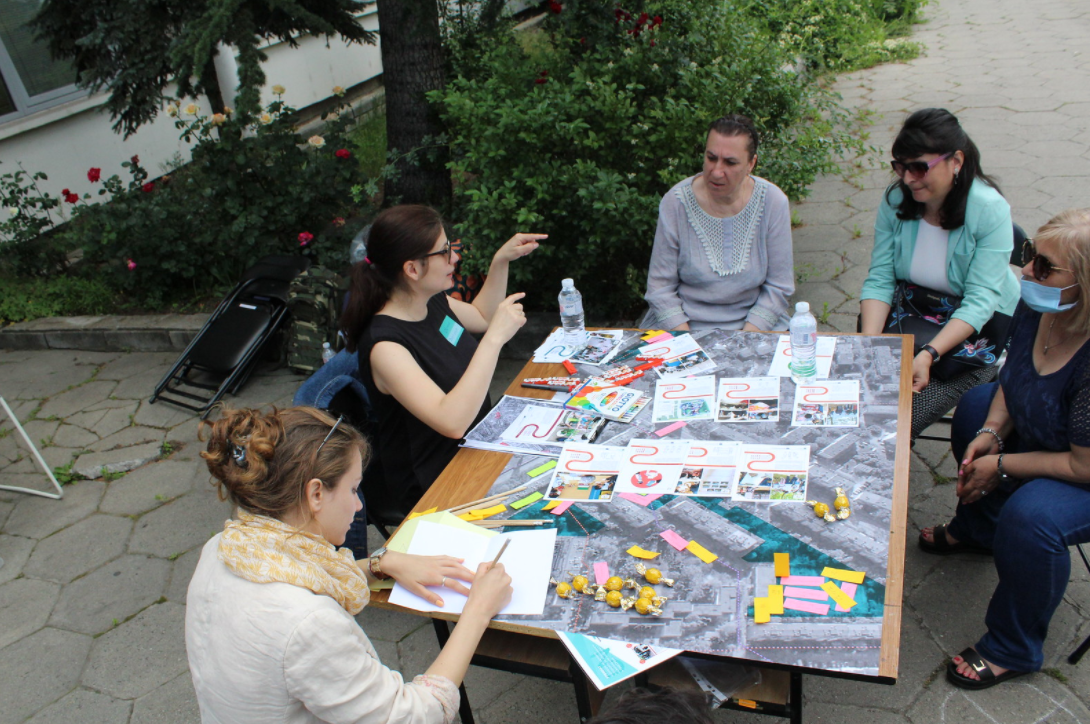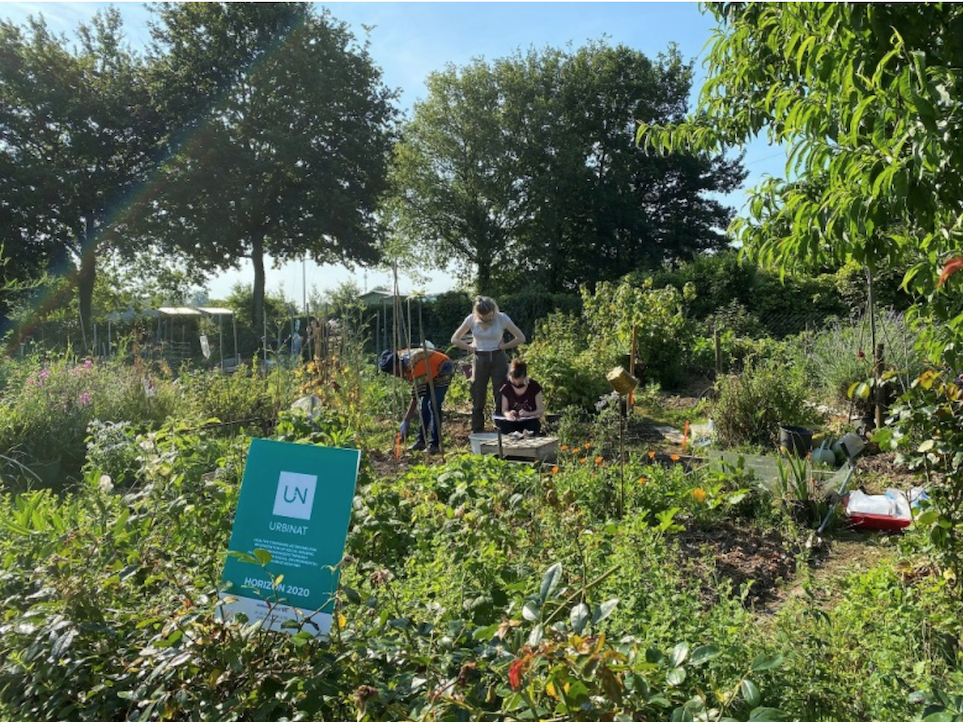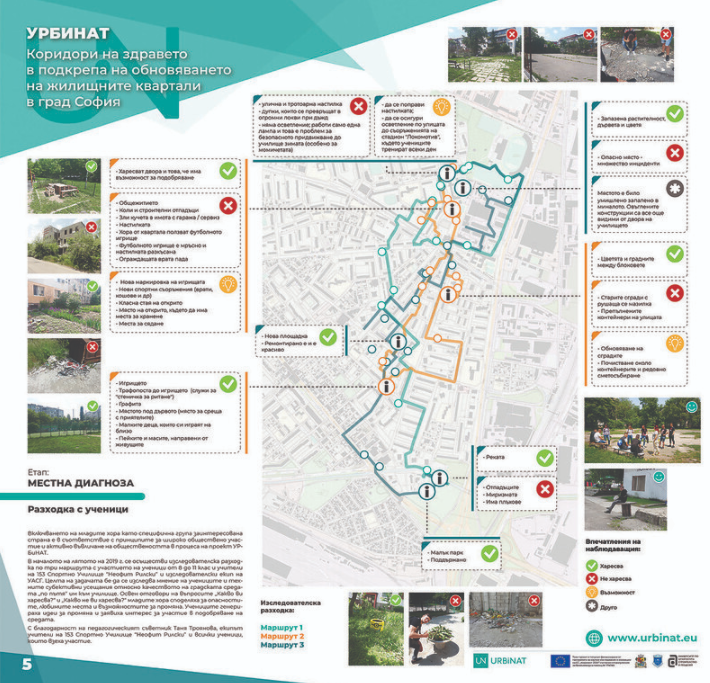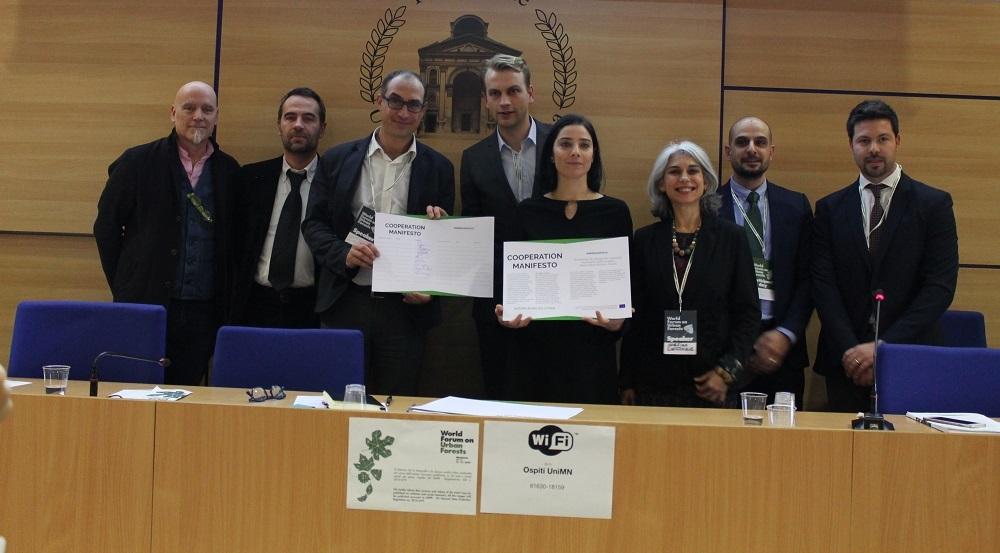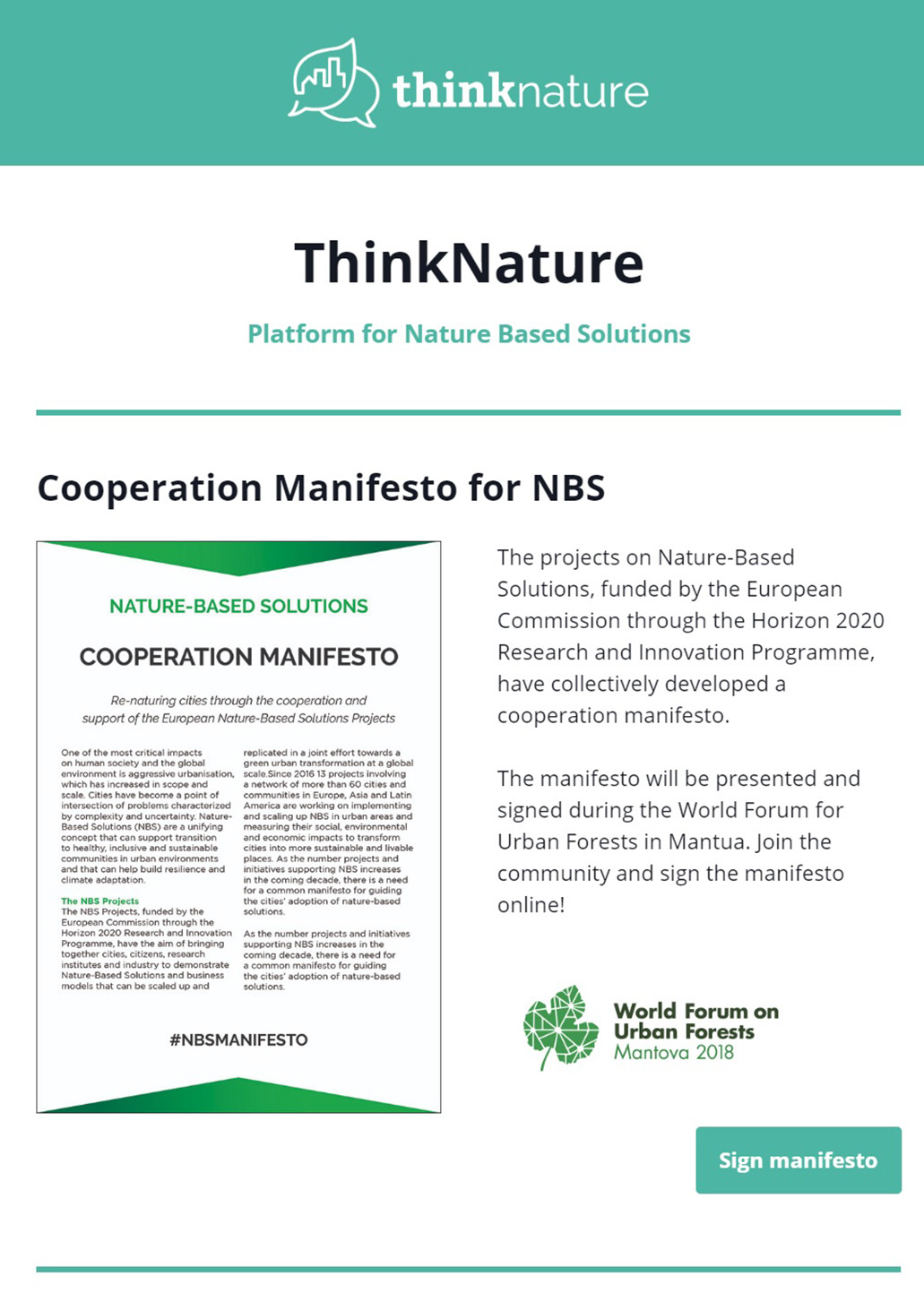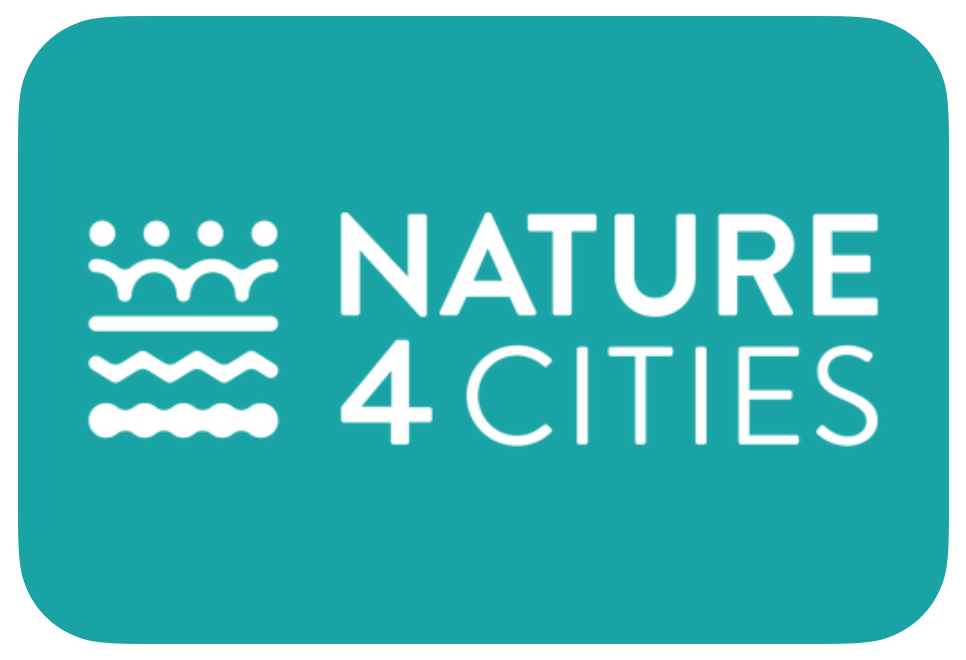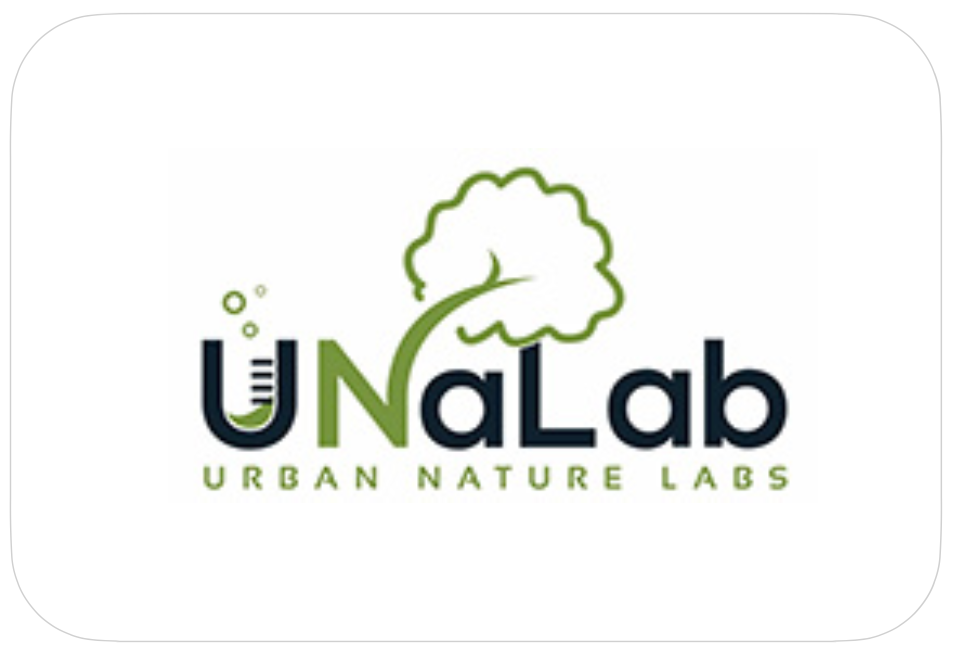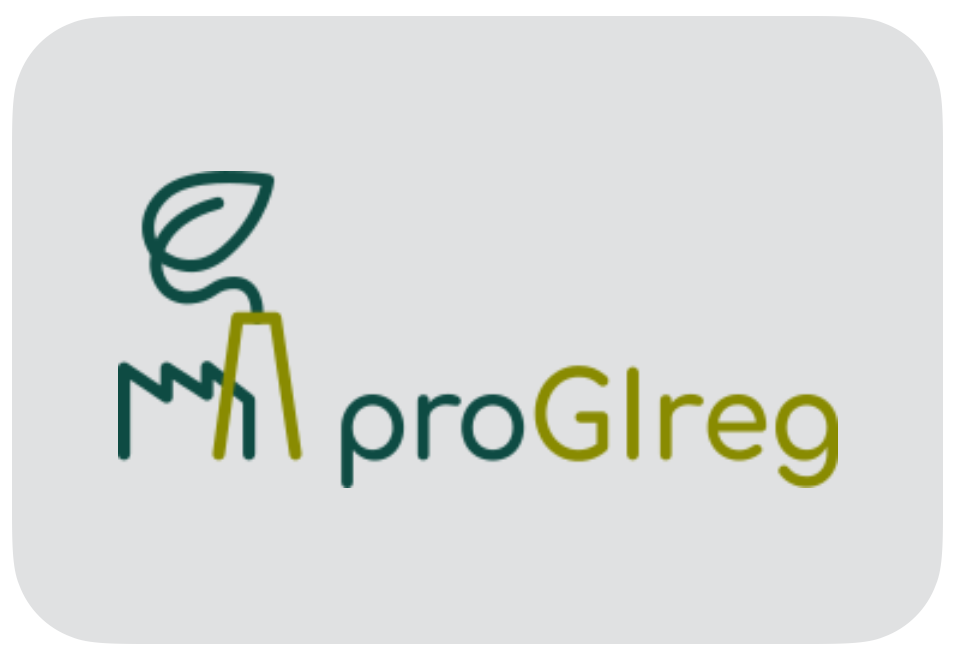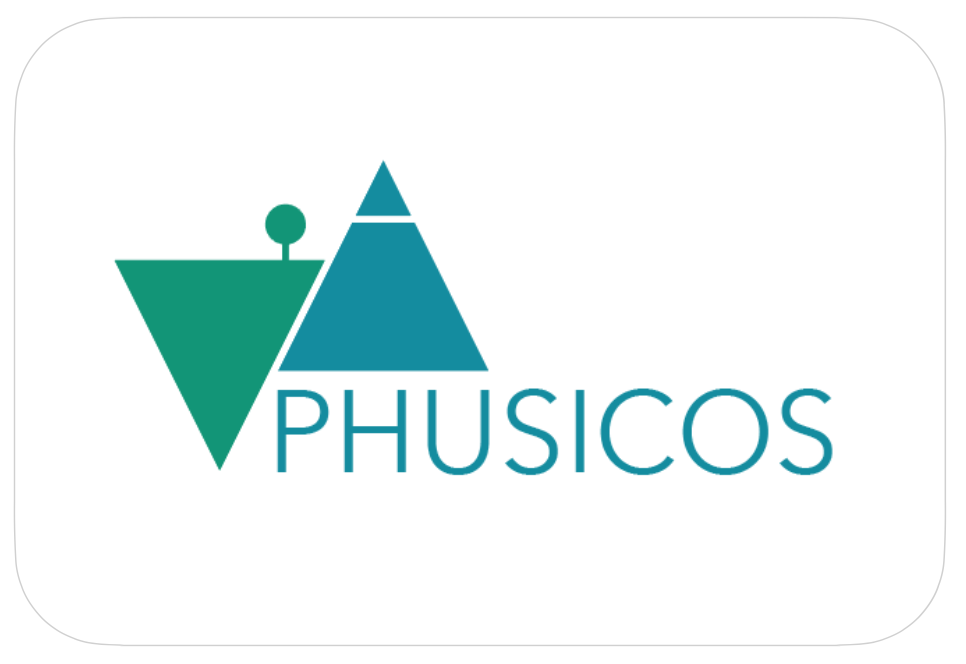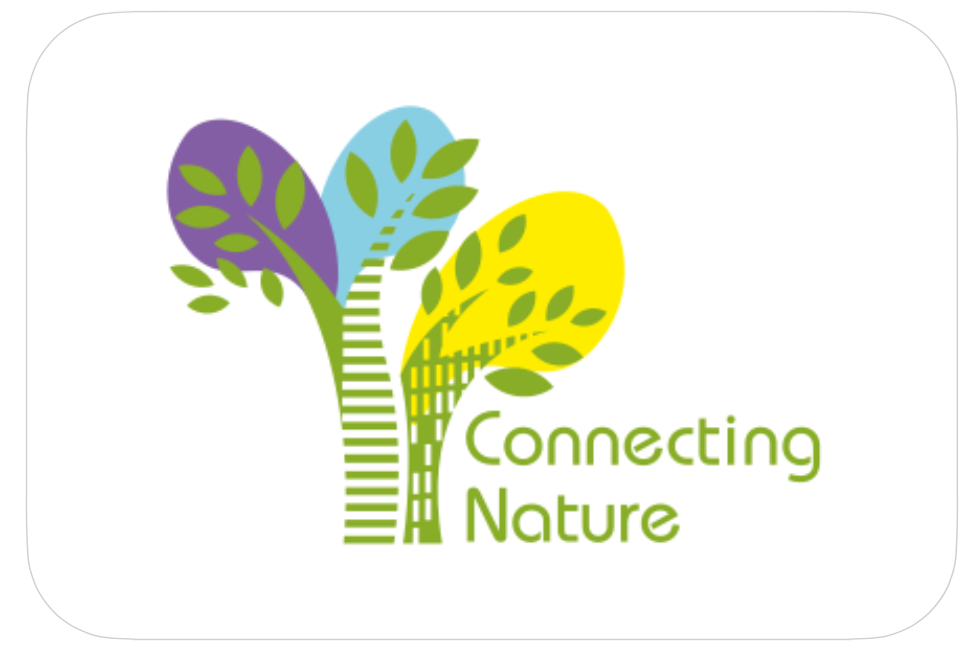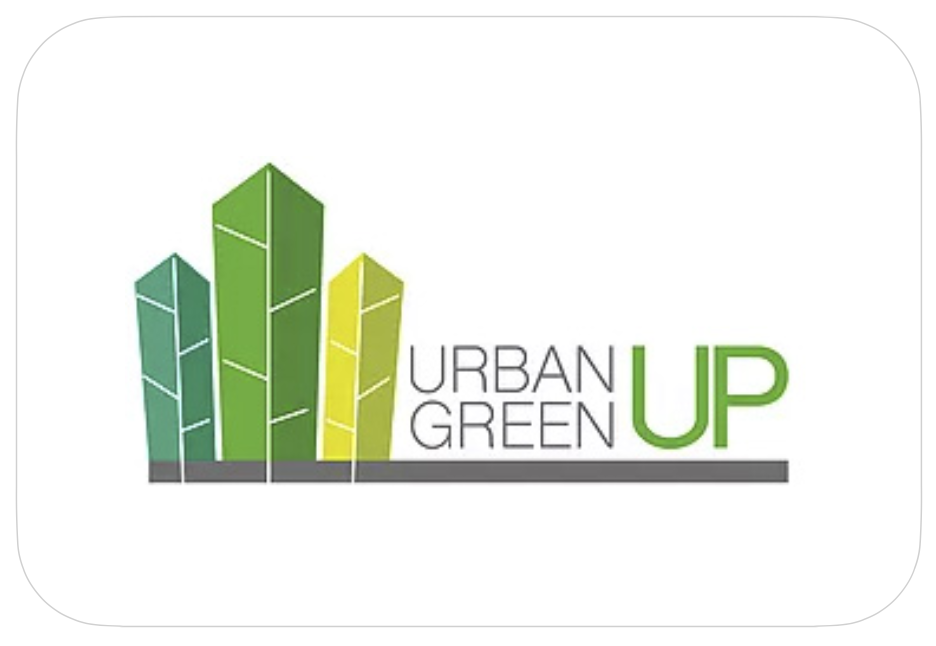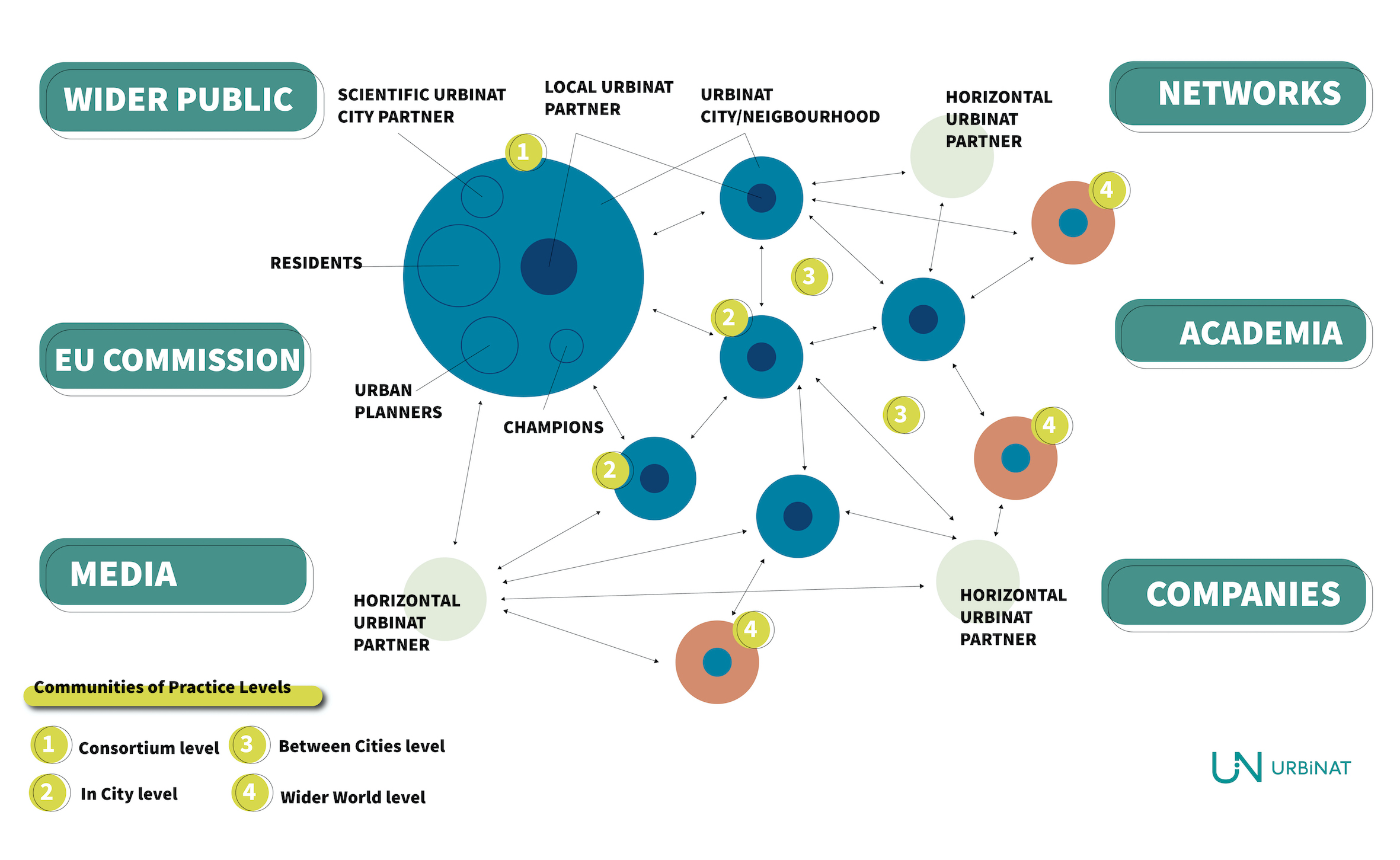
About
URBiNAT: Mission, Goals, Methods
URBiNAT focuses on the regeneration and integration of underserved city districts. Project interventions focus on public spaces and the co-creation, with citizens, of new social and nature-based relations within and between different neighbourhoods. Using a holistic approach, taking into account the full physical, mental and social well-being of citizens, URBiNAT aims to co-create a Healthy Corridor as an innovative and flexible nature-based solution (NBS), which itself integrates a large number of micro NBS emerging from community-driven design processes.
URBiNAT consists of a worldwide consortium of academic and business partners in 7 European cities. Each URBiNAT city will act as Living Lab for the implementation of Healthy Corridor solutions. Cities are supported by local partners, associations and research centres, and other European centres, universities and companies.
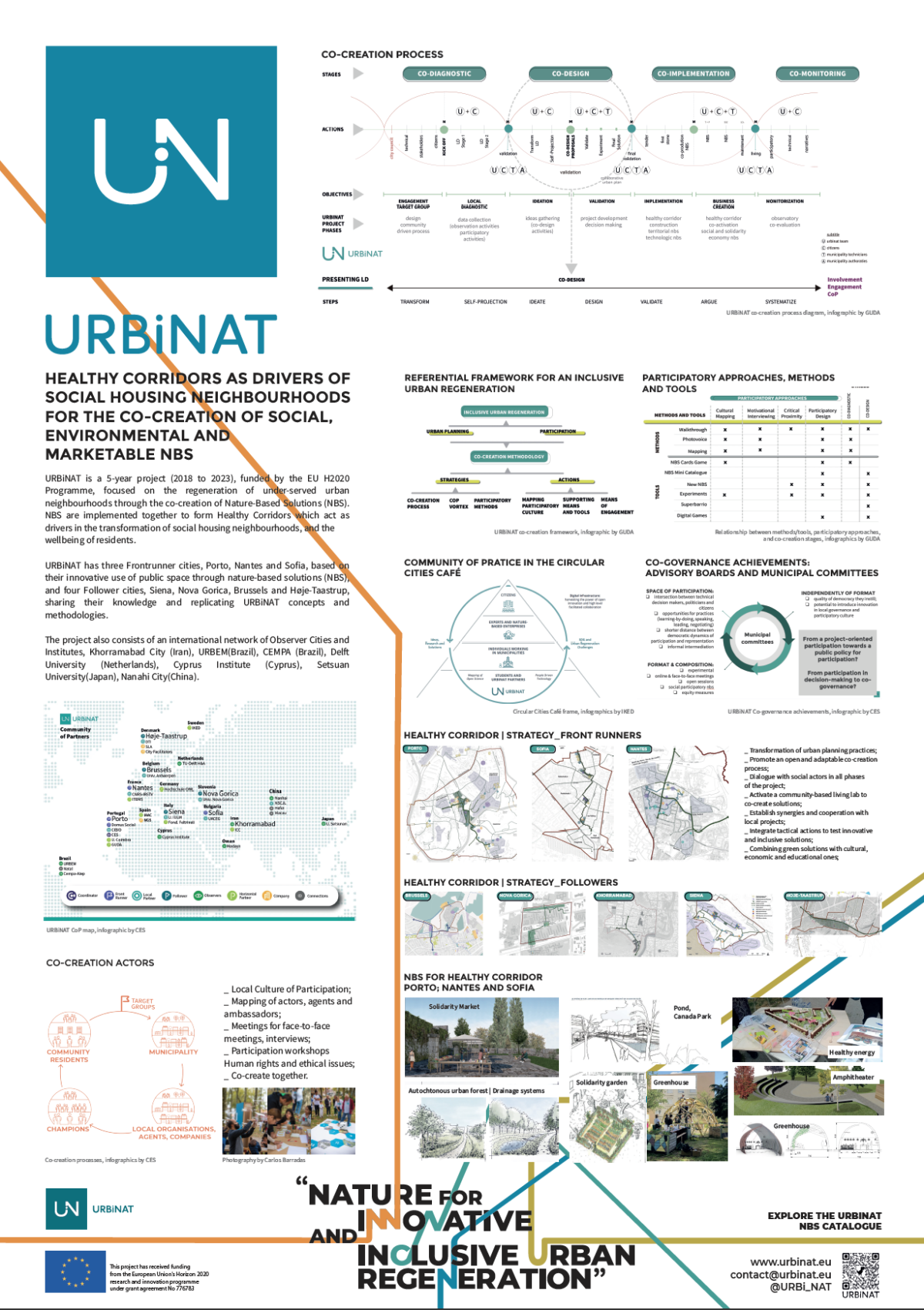
Together partners are developing a participatory process, an NBS catalogue and a Healthy Corridor, while monitoring impacts, and disseminating and marketing results. Together, they form an inclusive community of practice (CoP), collaborating with partners from Iran and China, and NBS observers located in Brazil, Oman and Japan.
Partners contribute their innovative NBS experience deployed through an array of transdisciplinary knowledge, methodologies and tools, as nature-based solutions. This is supplemented by ‘smart’ digital tools, citizen engagement, solidarity and social economy initiatives, social innovation for value-generation, incubation for business development and capacity building, and ICT governance platforms. The social, economic and urban impacts will be measured and replicated by URBiNAT Observatory.
The Healthy Corridor Concept
The Healthy Corridor concept and strategy is based on the clustering of nature-based solutions that are selected in a process of co-design and co-creation with local residents.
Within URBiNAT a Healthy Corridor is seen as more than a collection of urban green infrastructure intended to improve the quality of the urban environment and mitigate climate risks.
A Healthy Corridor is also viewed as a social and cultural infrastructure that has been co-created by citizens and stakeholders for the purpose of promoting the well-being of the community, and having a positive impact on health.
URBiNAT is working to extend the concept of nature-based solutions to integrate participatory solutions as well as solutions that relate to the social and solidarity economy (See NBS page on this site)..
Each URBiNAT Healthy Corridor integrates and links diverse NBS developed by project partners, using NBS featured in the URBiNAT NBS Catalogue and appropriate methods and tools for monitoring and evaluation.
This is achieved by focusing on citizens’ well-being in relation to energy, water, food, nature, mobility, participation, behavioural change, digital democracy, social cohesion and the solidarity economy.
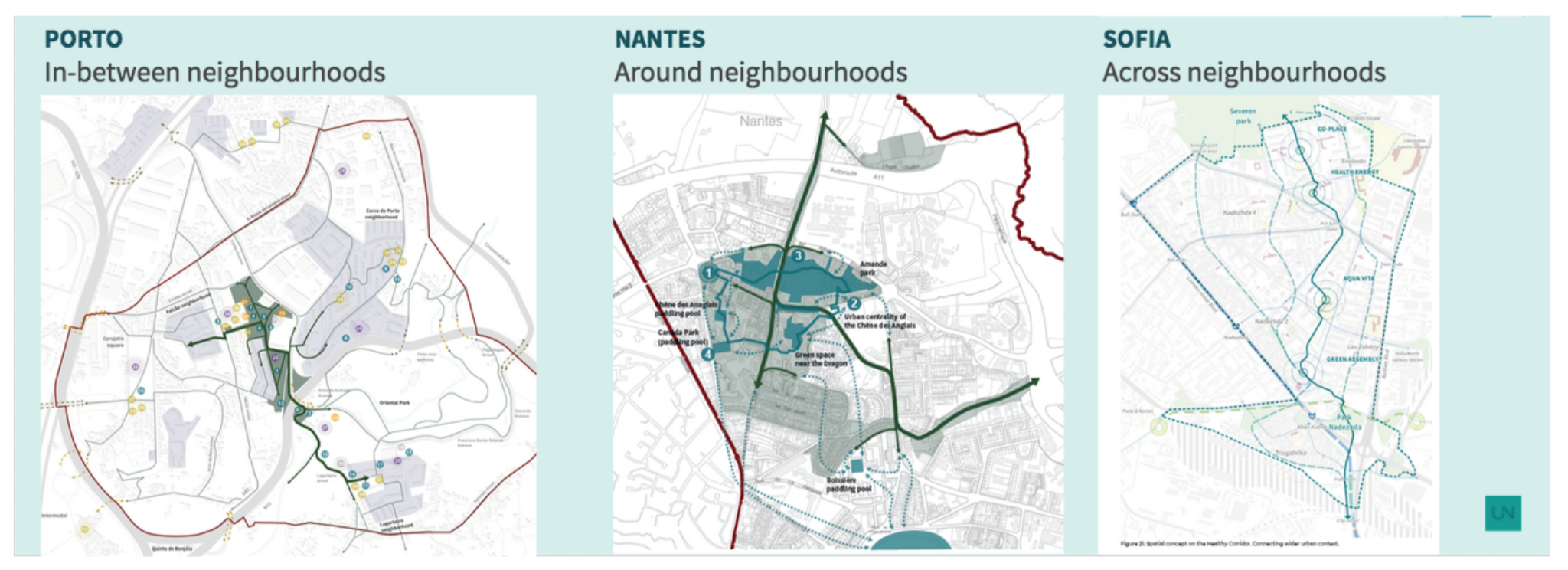
HEALTHY CORRIDORS, with a customised NBS catalogue, are being co-created and co-planned in Frontrunner and Follower Cities, testing an innovative and inclusive urban model to regenerate deprived districts, specifically within and linking social housing neighbourhoods.
Participative-design is the frontline approach for achieving new models of urban development.
A Living Lab for each URBiNAT City
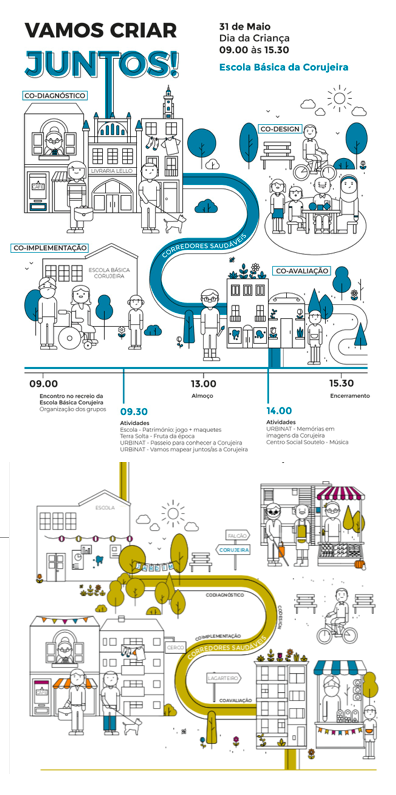
-
1
We propose an urban inclusive and innovative nature for our neighbourhoods
The main locus of URBiNAT’s activity is the Living Lab of each city (WP2), which is a platform and ecosystem for the other WPs to take place. It is populated by people as participating stakeholders (WP3), who then develop the Healthy Corridor with its NBS (WP4), that is measured and evaluated by the Observatory (WP5), leading to the dissemination of results (WP6) and marketing (WP7).
-
2
We activate living labs and inclusive communities of practice
In frontrunner cities, the living labs will co-design, co-develop, co-implement and test NBS. In follower cities, living labs will follow thesame processes of co-creation and co- development, replicating and adapting NBS to their own urban contexts within an urban plan. The living lab story for a follower city, as well as other projects and non-European partners, is generally one step behind, learning from the frontrunners. However, all cities are learning and sharing with each other, so that follower cities may lead on some tasks or activities, depending on the spread of specific expertise, experience and resources.
URBiNAT Co-creation Process & Toolkit
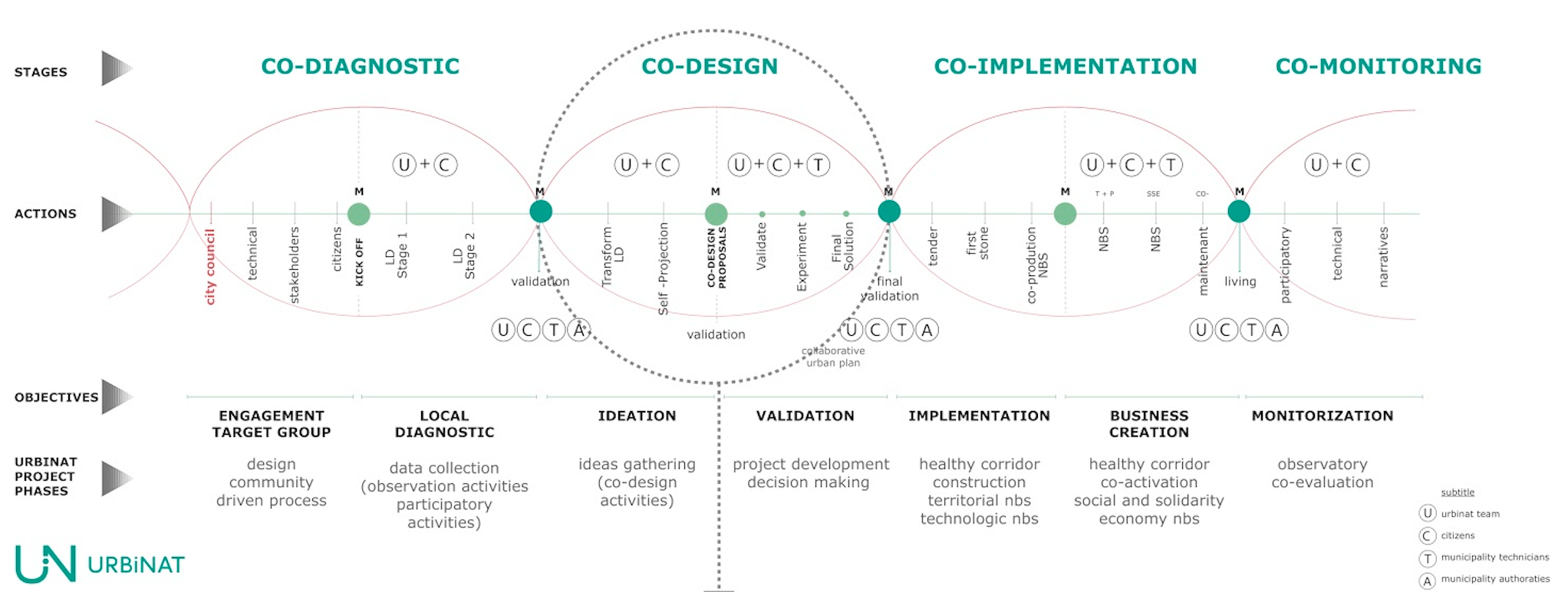
Related Project Resources
D3.1: Strategic design and usage of participatory solutions and relevant digital tools in support of NBS uptake
This deliverable identifies the actors involved in participation and the conditions needed for active, positive and ethically sound participation. In doing so, the deliverable takes stock of the existing methods and tools for participation being used and likely to be used in the future. Furthermore, it gathers insights for strategic design and usage of participatory solutions and relevant digital tools in support of NBS uptake. This stocktaking activity provides URBiNAT with insight as to the state-of-art regarding the use of relevant participatory solutions, including digital technologies and tools, applied by stakeholders in the frontrunner and follower cities; their ease of use; services provided; usage levels and drawbacks associated with them. The objective is to have a picture of the existing participatory culture in the frontrunner and follower cities. In addition, the deliverable will begin to shed some light on actual and potential collaboration among stakeholders to enhance citizen participation in local communities in frontrunner and follower cities. This will be based on a generic model for the assessment of existing participatory culture, as well as engaging part of URBiNAT's portfolio of participatory solutions for application in the cities.
D3.2: Community Driven Processes to Co-Design and Co-Implement NBS
Deliverable 3.2 (D3.2) is the second deliverable of work package 3 (WP3) on citizens’ engagement. D3.1, submitted in month 12 of the project, reported on the strategic design, use of participatory solutions and relevant digital tools in support of the uptake of n ature-based solutions ( NBS). D3.2 reports on the advancements of the URBiNAT project in tailoring participatory methods and tools to city cultures for the co-design and co-implementation of NBS processes.
D1.1: Handbook on workflow RESTRICTED
The URBiNAT handbook on workflow and standard quality procedures is a deliverable (D1.1) of task 1.1 dedicated to the coordination and monitoring of the implementation of activities, involving all members of the Steering Committee (SC), which is composed by the coordinator and all work packages leaders, as well as task leaders or other partners representatives who are invited to participate according to the issues to be managed.
The access to this resource is restricted. If you don't have the Basecamp credentials click "Request access" button below to fill the form.
The URBiNAT Consortium
Across Europe, from West to East, the cities of Porto, Nantes and Sofia act as Frontrunners based on their demonstrated experience in the innovative use of public space with NBS. From South to North, the cities of Siena, Nova Gorica, Brussels and Høje-Taastrup share and replicate URBiNAT concepts and methodologies, in their role as Followers
Each city is supported by local partners, associations and research centres, as well as by ‘horizontal’ centres, universities and companies which link between cities. The collaboration with non-European partners, including in China and Iran, as well as with NBS observers based in Brazil, Japan, Oman and Khorramabad in Iran brings international experiences and dimension to the project.
Coordinator
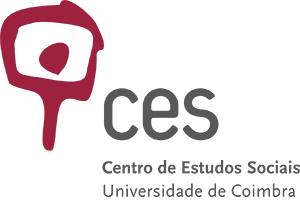
Front Runner

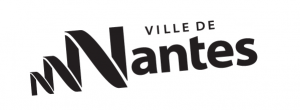

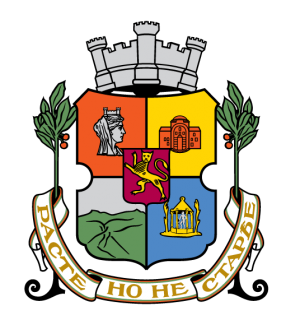
Local Partners
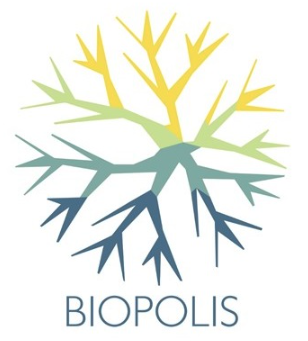



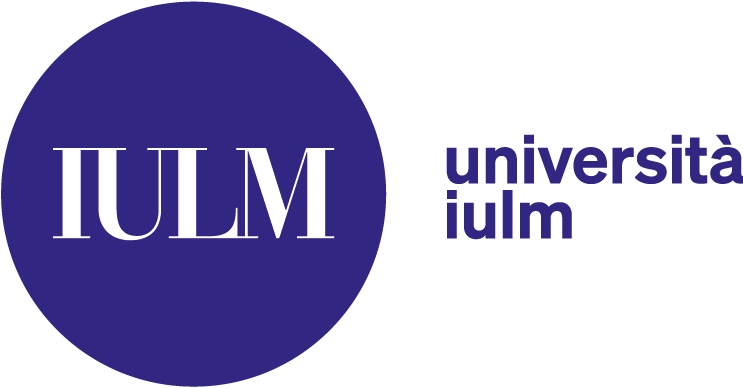
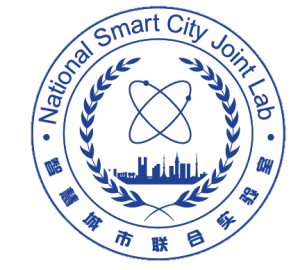

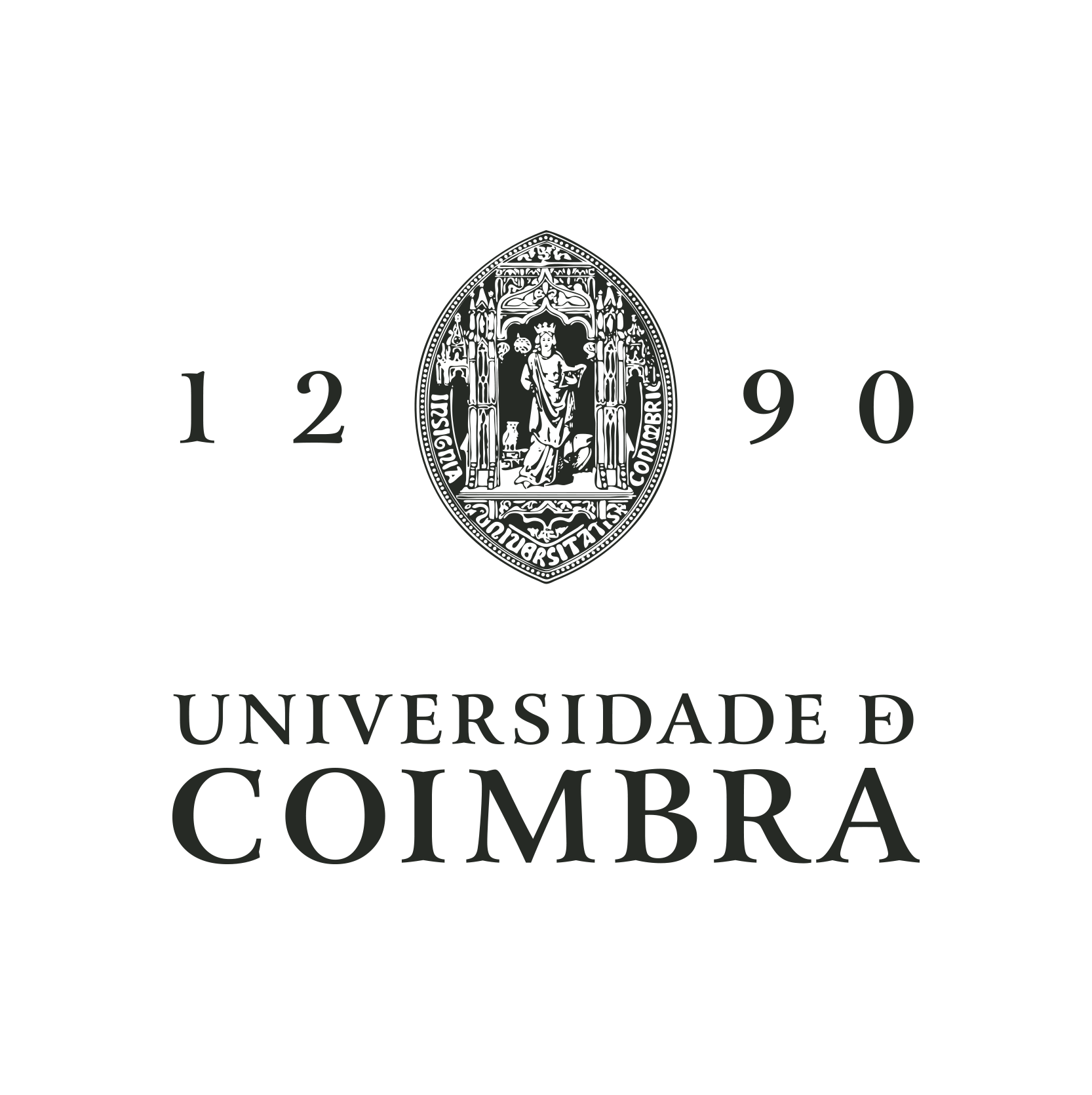
Follower Partners
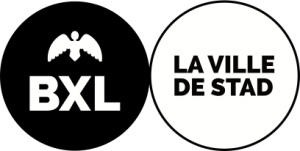
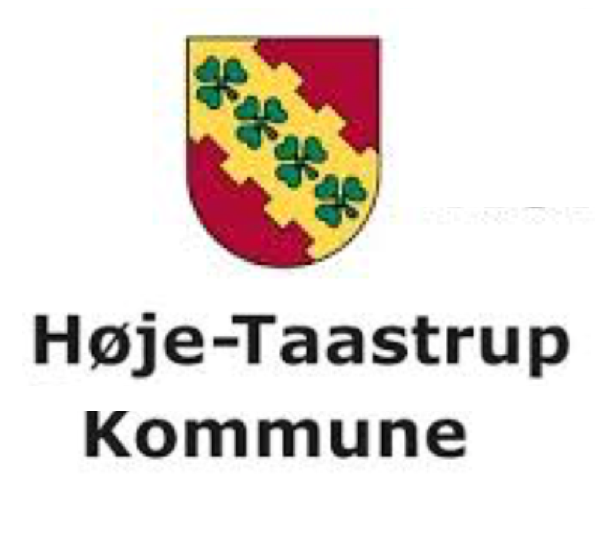
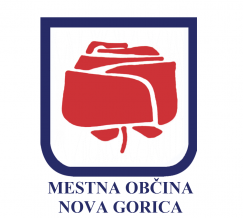


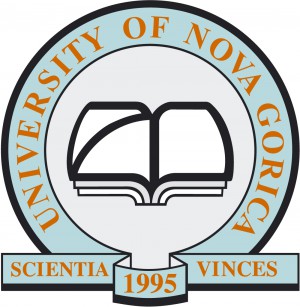
Observers

Horizontal Partners


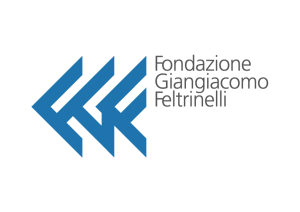
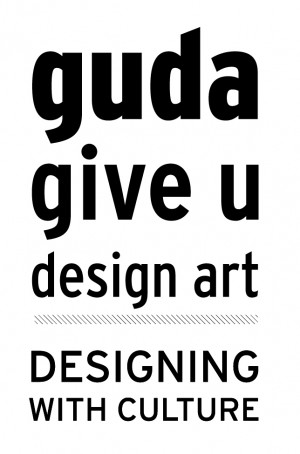
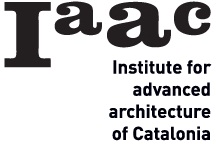



Company
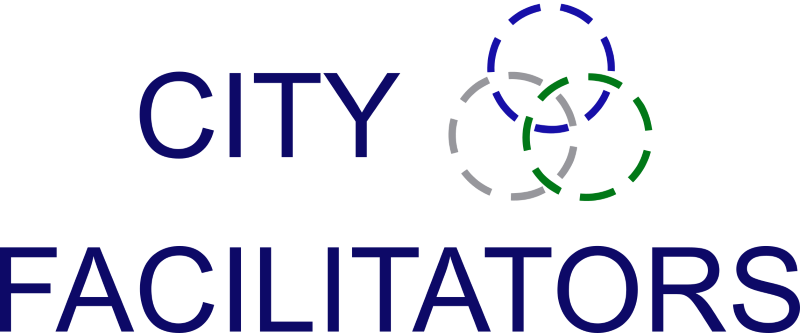



Image: GUDA
D2.3: On the establishment of URBiNAT's Community of Practice (CoP)
This document presents the context for URBiNAT’s Community of Practice (CoP), its objectives, how it is framed also outlines its further development and potential outcome and benefits for various actors. The report is directed to the widest defined circle audiences that are interested in the URBINAT project and its contribution. It builds on and gives extensive reference to URBiNAT’s concept and its working methods, however, and thus refrains from attempting to achieve easy readability for the general public. This is a working document with restricted access only for the time being. The final version of the document will be made accessible for public access in due course.
Milestone 2: URBiNAT Living Labs & Community of Practice RESTRICTED
Milestone 2 consists on the establishment of “Living labs with its CoP (Community of Practice) in 7 cities (frontrunners and followers cities) and in the non-European cities to start coaching and sharing, in order to develop the participatory process and the urban planning" (Grant Agreement). With this document it is possible to state that all URBiNAT cities have successfully established their Living Labs, even though in different stages of development (as expected). The document sets the key point of achievement of Milestone 2, by compiling and sharing the state of the art on the establishment of the Living Labs and CoP in Front-runner, Follower and Observer cities.
The access to this resource is restricted. If you don't have the Basecamp credentials click "Request access" button below to fill the form.
URBiNAT Partners & Community of Practice
Nature Based Solutions Cooperation Manifesto (2018)
URBiNAT is a signatory, with 15 sister H2020 projects of the NBS Cooperation Manifesto. The signatories of this manifesto share the aim of “bringing together cities, citizens, research institutes and industry to demonstrate Nature-Based Solutions and business models that can be scaled up and replicated in a joint effort towards a green urban transformation at a global scale.” Read more.


